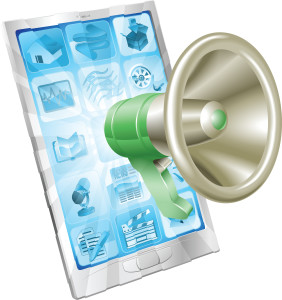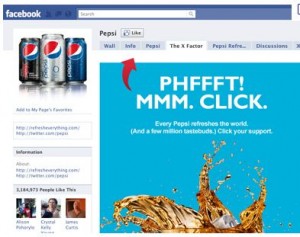Let's dive into a little “theory” today.
I'm not talking about websites that sell. There are whole courses on that. I'm talking about the basic concepts you need on a website so that people aren't going to think you're a fly-by-night crook.
“Let's See Some ID please…..”
I'm talking branding. When you do business with people, you don't want to do business from the shadows, or from behind a mask, so put your “business face” forward. If you aren't in the market for a logo, you should at the very least get a designed header on your website. This will be the main graphic at the top of each page as people navigate through your pages. Why? Well, first of all, it let's them know “who” you are or what you are selling—or talking about. And having a header across all your pages allows them to be grouped together and identified as being together. This is important if you use a shopping cart “service”. A shopping cart that is “linked” to your pages but actually secured on a different site. (Kickstartcart.com, oneshoppingcart.com) You can customize these pages so that they have a similar look at feel—you don't want anyone to bolt because the look of the site suddenly changed. They might feel like they have left your site, or something fishy happened. We definitely don't want to scare off a sale.
“Can You Tell Me How to Get…….”
Navigation. People will be literally LOST on your website without an easily identifiable navigation area. Try not to re-invent the wheel here. A basic text menu is great for getting people around. Try to stick to one or two words. If you are trying to get a “phrase” up in the navigation menu, you really need to rethink what you are trying to do with the page. And make sure people can find the important stuff if it's not ALL up in the navigation bar. It has become customary to find vital information down at the bottom of the site. Typically, on each page. Sometimes this is the main navigation bar with some additional navigation to disclaimer information, privacy policies, contact information, refund info, etc. We as a culture have grown to expect a “disclaim” near the bottom of the page. Think of any car ad. Furniture sales. Electronics. Special sales. All of them have it.
Your main navigation should consist of “Home”, “Contact”, “Products / Catalog”, “About”. This is really where you get to structure the site. Freebies? You want them at least near the navigation if not IN the navigation. (And it should stand apart…. you want people to notice this section.) Do you have articles? Members only login? These need to be accessible in the navigation portion of your site/page.
“Headlines and Subheads”
Make sure page is “skim” friendly. If you are breaking any sort of information down, it should be structured so that people know exactly when they are hitting a new block of information. Headlines should be large blocks of information subheads should be larger than the body copy and distinctly informative, short, and to the point. They really shouldn't break on another line. You can use subheads to break a timeline or to change topics.
“Promotion and Standout Information”
Sidebars serve several functions. One is to break the ledge of the legible copy. If the copy were too wide, it would be difficult to focus on making reading difficult. It creates a logical break and some interest in the shape of the site.
It also provides a very strong area to callout information or promote and market your information and products, or someone ELSE'S information and products—ad space. Typically, you won't be having revenue generating space until you have a decent amount of specific traffic, then you can start to solicit advertisers. But don't let that stop YOU from using that space. It is prime real estate. You can use it to draw attention to specific information. You can change the information PER PAGE if you want. This sidebar—near the top—has been an important position for opt-in boxes and freebies. A perfect way to capture interest and build your potential customer database.
“Keep It Simple, Keep It Clean”
These aren't difficult ideas to put in place. They will keep your site looking clean and easy to get around. Image goes a long way in business. Think about the places you shop. They are all organized (the mall has a directory), with products neatly and visibly on shelves. Information is king, but people have to be able to find it. Now…. to tackle my desk….
Don't know how to build a website? Check out the Internet Marketing Training Center to start a career on the Internet. Build websites, market and promote products all over the Internet. Create your own products so that you can create your own income!









